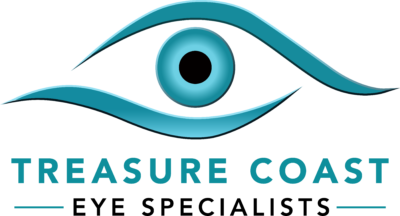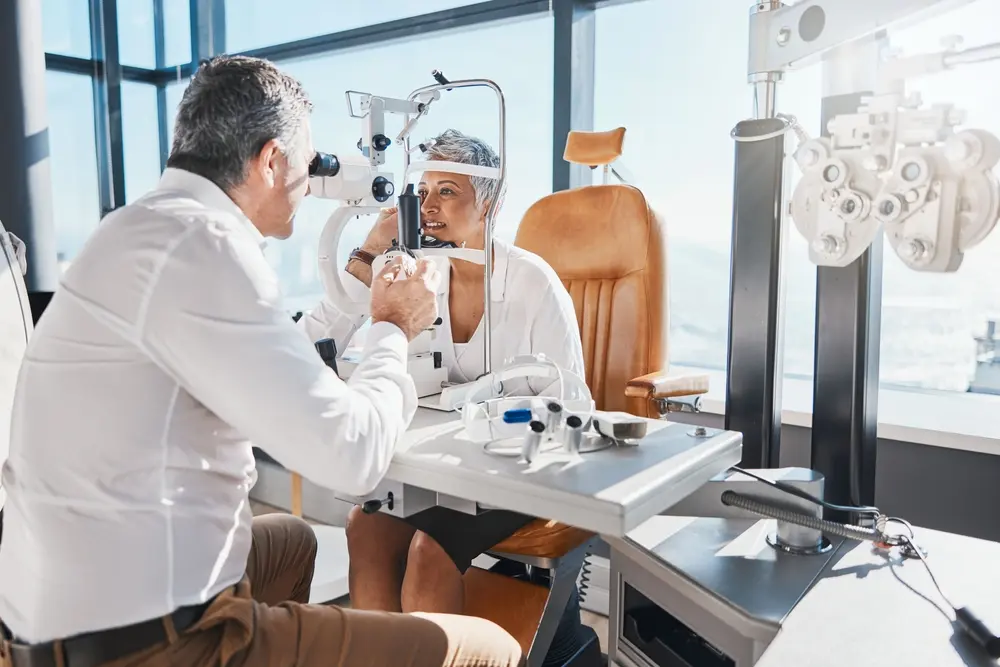Corneal Crosslinking for Keratoconus Treatment
Keratoconus is a progressive eye condition that causes the cornea, the clear front part of the eye, to thin and bulge into a cone-like shape. This irregular shape can lead to significant vision problems, such as blurred and distorted vision, sensitivity to light and glare, and the need for frequent changes in eyeglass or contact lens prescriptions.
What is Corneal Crosslinking?
Corneal crosslinking is a specialized medical procedure that aims to strengthen and stabilize the cornea in individuals with keratoconus or other corneal ectatic disorders. The procedure involves the use of riboflavin (vitamin B2) and ultraviolet (UV) light The combination of riboflavin and UV light triggers a photochemical reaction that strengthens the corneal structure by creating new crosslinks between the collagen fibers within the cornea. This process can help to stabilize the cornea and prevent further progression of keratoconus or other corneal ectatic disorders
Who Is a Candidate for Corneal Crosslinking?
Corneal crosslinking is primarily recommended for individuals who have been diagnosed with keratoconus or other progressive corneal ectatic disorders, such as post-LASIK ectasia. To be considered a candidate for the procedure, you must meet the following criteria:
Diagnosis of Keratoconus or Corneal Ectasia: You must have a confirmed diagnosis of keratoconus or another progressive corneal ectatic disorder, as determined by a comprehensive eye examination and corneal imaging studies.
Corneal Thickness: Your cornea must be thick enough to safely undergo the crosslinking procedure,.
Stable or Progressing Condition: Your keratoconus or corneal ectasia must show signs of progression, as determined by your eye care provider. Crosslinking is typically not recommended for individuals with stable or non-progressive conditions.
No Significant Corneal Scarring: Your cornea should not have significant scarring or opacities that could interfere with the effectiveness of the crosslinking procedure.
Suitable Age: Corneal crosslinking is generally recommended for individuals between the ages of 14 and 65, as the cornea is still developing and changing in younger individuals and may be less responsive to the procedure in older adults.
It is important to note that not everyone with keratoconus or corneal ectasia will be a suitable candidate for corneal crosslinking. Your eye care provider will carefully evaluate your individual case and determine if the procedure is the best course of treatment for you.
Benefits of Corneal Crosslinking
Corneal crosslinking strengthens the cornea, slowing or halting the progression of keratoconus and other corneal ectatic disorders. This can lead to improved vision, reduced risk of vision loss, and potentially avoid the need for more invasive treatments like corneal transplants.





